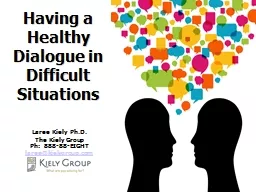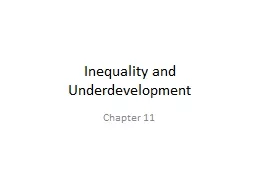PPT-1 Laree Kiely Ph.D.
Author : conchita-marotz | Published Date : 2015-10-26
The Kiely Group Ph 88888EIGHT lareekielygroupcom Having a Healthy Dialogue in Difficult Situations 2009 KGi All rights reserved 2 Laree Kiely Donna Wigand 3 Learning
Presentation Embed Code
Download Presentation
Download Presentation The PPT/PDF document "1 Laree Kiely Ph.D." is the property of its rightful owner. Permission is granted to download and print the materials on this website for personal, non-commercial use only, and to display it on your personal computer provided you do not modify the materials and that you retain all copyright notices contained in the materials. By downloading content from our website, you accept the terms of this agreement.
1 Laree Kiely Ph.D.: Transcript
Download Rules Of Document
"1 Laree Kiely Ph.D."The content belongs to its owner. You may download and print it for personal use, without modification, and keep all copyright notices. By downloading, you agree to these terms.
Related Documents





